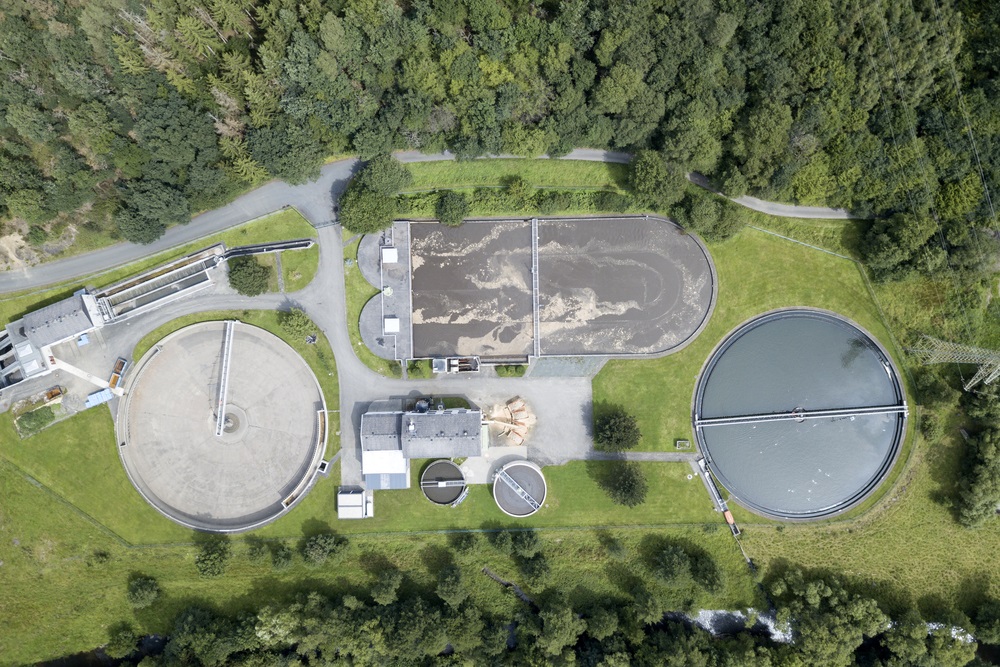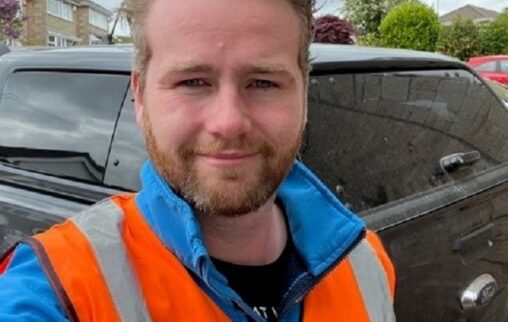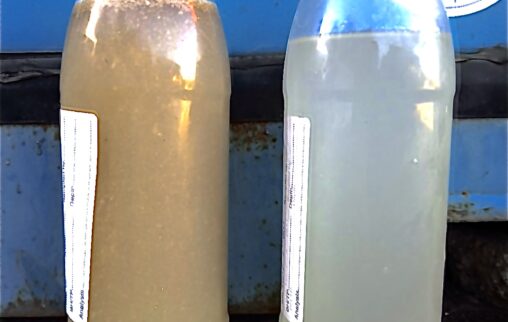Kolina are incredibly excited to be part of Ofwat’s Water Breakthrough Challenge. After United Utilities successful bid - ‘Alternative Approaches to Phosphorus Removal at Rural Wastewater Treatment Works’, we will have the opportunity to work in partnership with United Utilities, Southern Water and Thames Water , and demonstrate that our Electrocoagulation treatment system can provide a low cost, chemical free and more sustainable phosphorus removal approach for small wastewater plants.
The water industry currently depends heavily on metal based coagulants for the removal of phosphorus and with tighter Phosphorus discharge consent there is a massive demand supply issue and alternative technologies are needed. Electrocoagulation is a chemical free alternative to chemical dosing and would certainly enable the industry to meet its target.
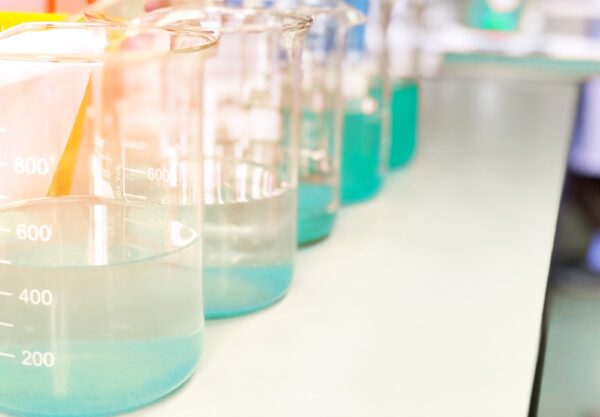
Kolina’s Electrocoagulation (EC) has many benefits to Chemical treatment and traditional EC systems:
Great efficiencies – Kolina’s EC technology generates coagulant ferric ion species within the EC cells which have an efficiency rate close to 100%, whilst dosed chemicals can only achieve 28% and 34%.
Environmental – Electrocoagulation is a chemical free, greener, alternative to chemical dosing.
Economic – EC is not affected by the increasing cost of ever diminishing availability of chemicals.
Kolina’s EC does not use as much energy as traditional EC systems. It’s typically 50% more energy efficient and operates at less than 0.7kWh/m3 and as low as 0.05kWh/m3.
Health and Safety – Kolina’s EC system enables the cells to be smaller in dimensions and allows the cells to promote even usage of the sacrificial electrodes, making them easier and safer to handle than traditional EC units.
Kolina’s patented system keeps operators safe through its simplistic electrode replacement process compared to the complex, whole system downtime required by other systems.
Installation – Containerised treatment solution which can be retrofitted to any site. It offers the advantage of having a much lower carbon footprint than traditional processes as it does not require any concrete.
It can be used as a standalone treatment or fitted to existing wastewater treatment sites where it can be operated in conjunction with other processes.
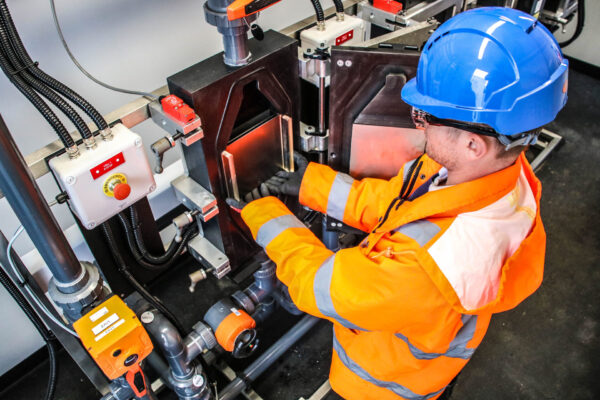
Watch this space for more news and developments on this forward-thinking project.
